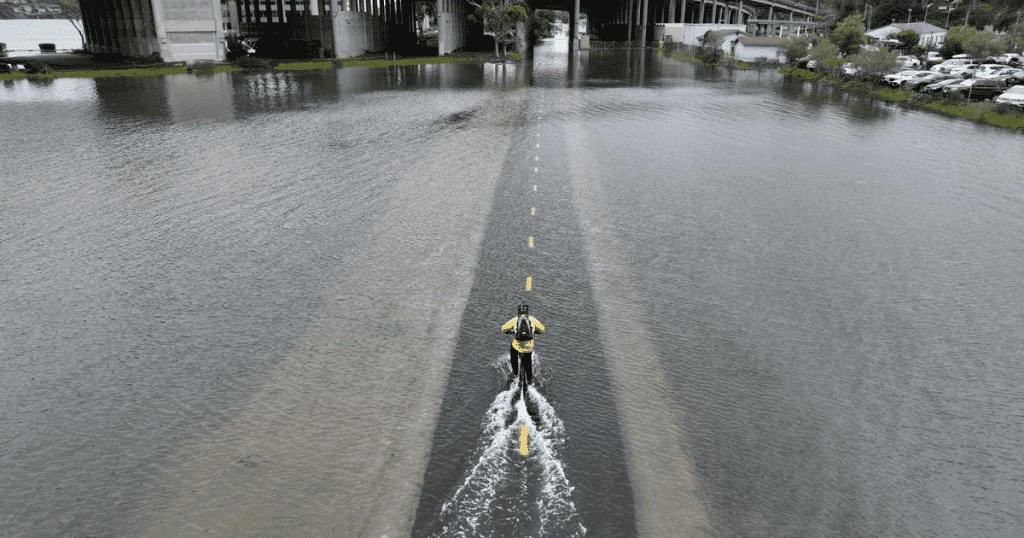California has been a subject of quite traumatizing natural disasters for a while now. Let it be earthquakes, wildfires, or droughts, the state has seen it all. Now, the area is being warned about a megaflood that may come its way.
A new paper, published last week in the journal Science Advances, examines two scenarios: a current megaflood in the recent historical climate, and a future scenario in the projected climate of 2081-2100. The findings indicate that the likelihood of that type of extreme storm flooding has roughly doubled due to global warming.

A megaflood would not be a unique event in Californian history. Quite disastrous floods usually occur every five to seven times per millennium in California, according to the researchers. The latest one in 1862 came off the back of weeks-long winter storms that turned the Sacramento and San Joaquin valleys into a 300 mile long “inland sea.”
“In the future scenario, the storm sequence is bigger in almost every respect,” said study co-author and UCLA climate scientist Daniel Swain in a press release.
Such a flood would be big enough to generate up to 400 percent more runoff water in the Sierra Nevada Mountains than in historical records. Some spots would get hit with over 100 inches of rain in a month. Areas will drown in 40 inches of rain in 30 days.

The 1862 flood happened when California’s population was only 500,000. Today, it’s nearly 40 million, and the researchers estimate that a modern-day megaflood would be catastrophic: over $1 trillion in damages, and no doubt countless lives lost and displaced.
“Every major population center in California would get hit at once — probably parts of Nevada and other adjacent states, too,” Swain said.


